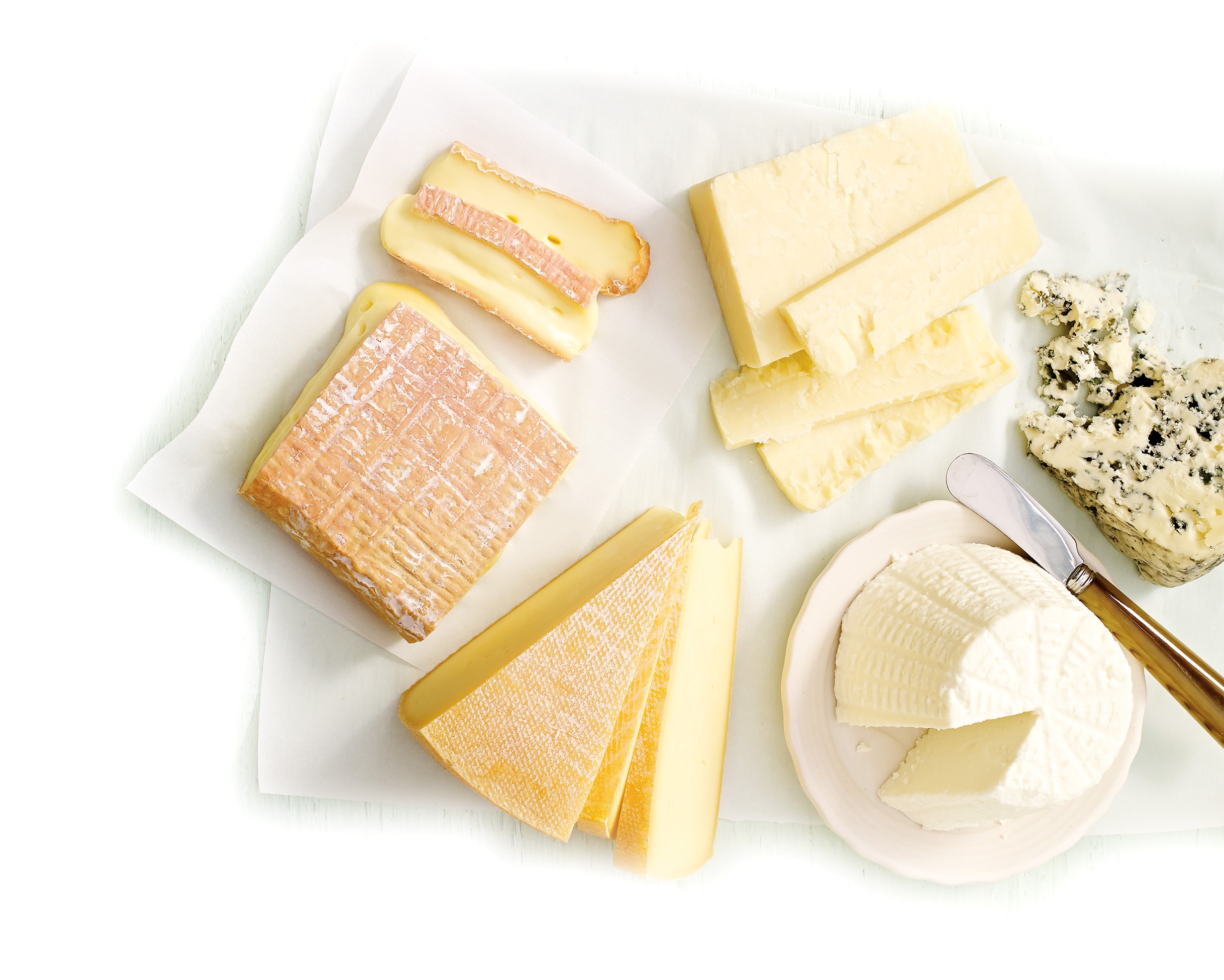How do milk’s natural microbiota and composition contribute to cheese quality?
 Steve Labrie, Claude P. Champagne, Sylvie Turgeon, Yves Pouliot, Julien Chamberland, Michel Britten, Marie-Claude Gentès
Steve Labrie, Claude P. Champagne, Sylvie Turgeon, Yves Pouliot, Julien Chamberland, Michel Britten, Marie-Claude Gentès
Highlights
- Cheese quality depends on multiple factors, including herd management on the farm, control of the cheese-making technology used and the microbiota present in the cheesemaking environment.
- The natural microbiota, also called microflora, of cheeses can come from many sources, but the most influential sources have not been identified to date.
- The effect of the choice of sanitizers on the composition of milk’s natural microbiota and its persistence in the dairy industry is unknown.
- The protein and mineral composition of milk varies according to the season and influences its cheesemaking performance.
- Dosing techniques for two natural antimicrobial systems (lysozyme and lactoperoxidase) involved in dairy production have been developed and will be applied to cheese analyses.
Objectives
The primary objective is to gain a deeper understan- ding of milk’s microbiological and chemical elements that influence cheese quality. More specifically:
- To monitor and characterize the natural microbiota of dairy environments, from the farm to cheese;
- To determine the effect of the natural microbiota on cheese texture;
- To measure the impact of concentrated systems, mineralization and natural antimicrobial systems on proteolysis and evolution of the microbiota during cheese ripening: relationship with rheology.
Results and potential benefits
At the end of this project, we aim to provide recommendations to dairy farmers and processors on the influence of milk’s natural microbiota on the production of aromatic compounds. We also hope to provide information on desirable and undesirable secondary species in milk affecting the organoleptic qualities of cheeses. More specifically, a number of cheesemakers are currently in the process of collecting data that will support the addition of value-enhancing terms to their product labels (Appellation d’origine, Appellation de spécificité…) as the demonstration of uniqueness must be based on sound scientific evidence. Ultimately, we hope to identify microbial signatures related to different cheesemaking regions.
The results of this research project will also provide a better understanding of the impact of demineralization on cheese texture during ripening. Texture changes are generally attributed to proteolysis, but this effect is confused with demineralization. The proposed experimental approach will make it possible to establish the respective contributions of the two phenomena.
A comparative study of the physicochemical properties and cheese performance of summer and winter milks will also be conducted. This work aims to identify the causes of seasonal variations and propose appropriate technological solutions.
Lactoperoxidase and lysozyme remain active, even after pasteurization, and their content in cheese is proportional to the amount of serum that they contain. Lactoferrin seems to be slightly concentrated in cheese which suggests that antimicrobial systems may affect the microbiota during ripening. Milk standardization could then help to modulate the ripening microbiota.
Two types of cheese will be studied: Cheddar and washed rind cheeses. A total of eight cheesemakers will be participating in this research project, four of which process more than one million litres of milk per year and four of which process less than one million litres per year.
Innovative aspects
- Better understanding of concentrated dairy systems involved in cheese production.
- Better understanding of seasonal effects on milk’s cheesemaking performance.
- Determination of the impact of sanitizing agents on cheeses’ natural microbiota.
- Determination of the effect of natural antimicrobial systems on the evolution of certain bacteria that could influence texture during maturation.
Professionals trained
2 master’s students:
- Karl Coulombe: Influence of the natural microbiota on cheese texture
- Rachel Langlois-Deshaies: Effect of seasons and milk ultrafiltration on the content of natural antimicrobial systems in cheese
1 PhD student:
- Typhaine Morvant: Detecting indigenous microorganisms and sensitivity to sanitizers
For further information
Results will be communicated at local scientific conferences and symposiums, including the STELA Colloquium, as well as national (Forum Novalait, Journées fromagères CEFQ) and international (World Dairy Summit FIL-IDF, Cheese symposium) conferences. We have already been invited and successfully presented the project to staff at the cheese factories and we plan to continue to do so.
Financial contributions
This project is funded as part of the Dairy Research Cluster 3 through Agriculture and Agri-Food Canada’s Canadian Agricultural Partnership, Novalait and is administered by Dairy Farmers of Canada.
Total budget: $682,570